A Garden of Scents: Pomades, Pastilles, and French Perfume
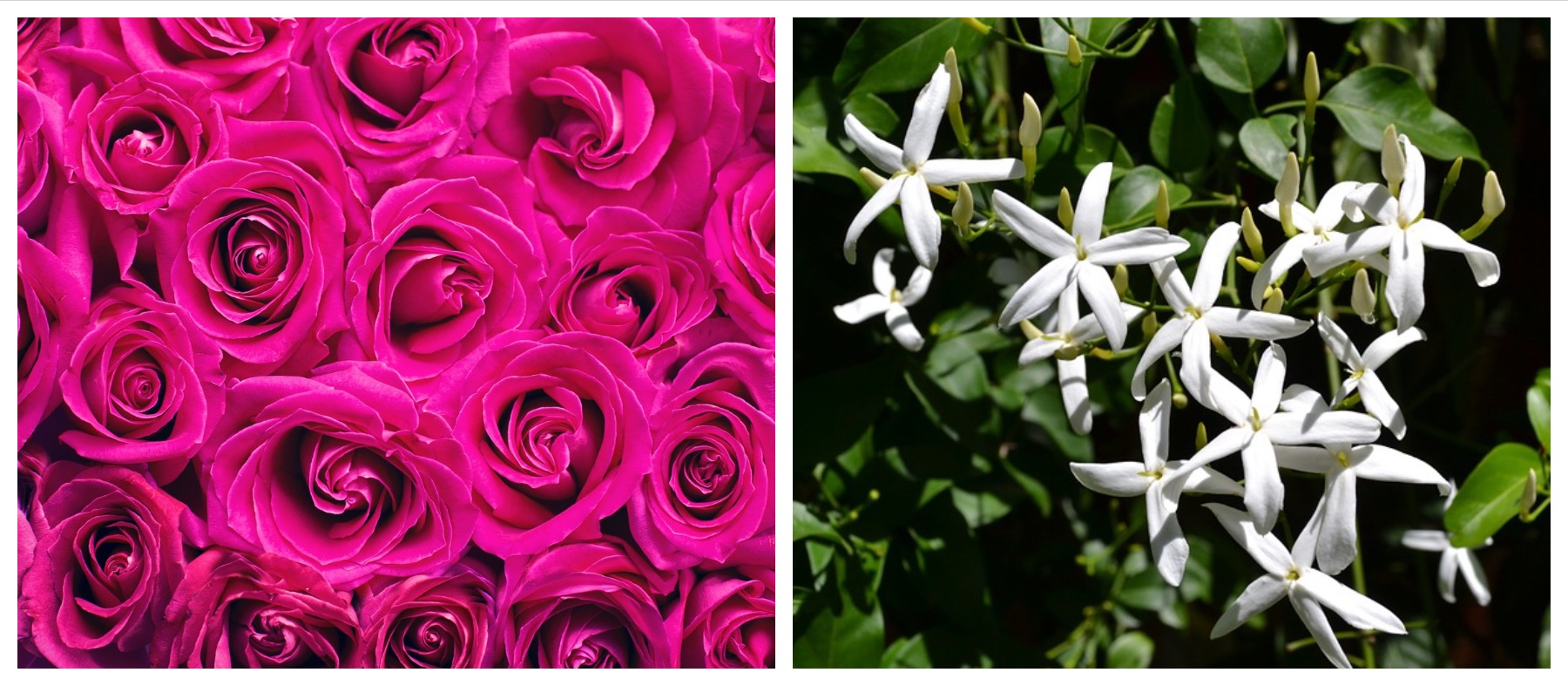
Left: Roses, Jill Wellington / Pixabay. Right: Jasmine, watsilchum / Pixabay
Smell is perhaps the most ephemeral of the five senses. Our noses can detect thousands of odors, which we unconsciously categorize as pleasant or repellent, information which is stored in our minds for the rest of our lives. While we easily identify our favorite scents, we tend to forget that perfumes have their own histories, which are often rooted in gardens. For centuries flowers have provide the source material for a range of products, from pomades to soaps, and they continue to be inspire fragrance creators to this day.
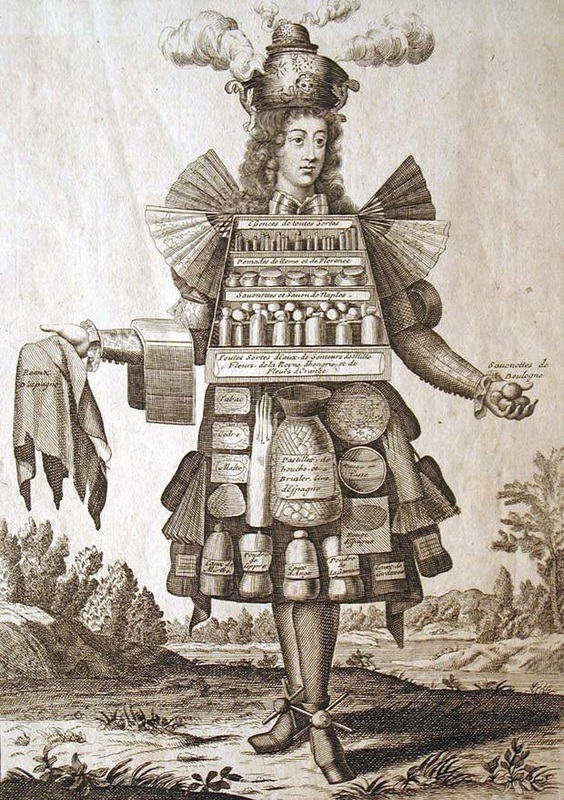
A perfumer in the 18th century. Perfume Foundation.
This fascinating image of a seventeenth century printed personification of a perfumer is a veritable walking cosmetics stand. His wares include vials of essences (scented oils or waters), pomades hailing from Rome and Florence, soaps and savonettes from Naples, and an array of eaux de senteurs, all inspired by a thousand flowers. Although we don’t have many accounts of how people actually used perfumes—as they were applied to the body, hair, and skin—we can trace how some early perfumes were manufactured.
Pomades were made by pressing flowers into animal fats. Distillation, heating petals to capture the fragrant oils released from flowers from the vapor produced ‘essences’ such as rose water. Infused oils were also considered perfumes. In the eighteenth century, treatises gave readers ‘recipes’ that instructed them how to make perfumes. For example, in his recipe for rose water Polycarpe Poncelet recommended that one gather roses ‘two or three hours after sunrise’ and then ’crush them in a mortier’. The crushed petals should then be placed into an alambic to distil them, which would produce a rose water with a ‘marvelous scent.’
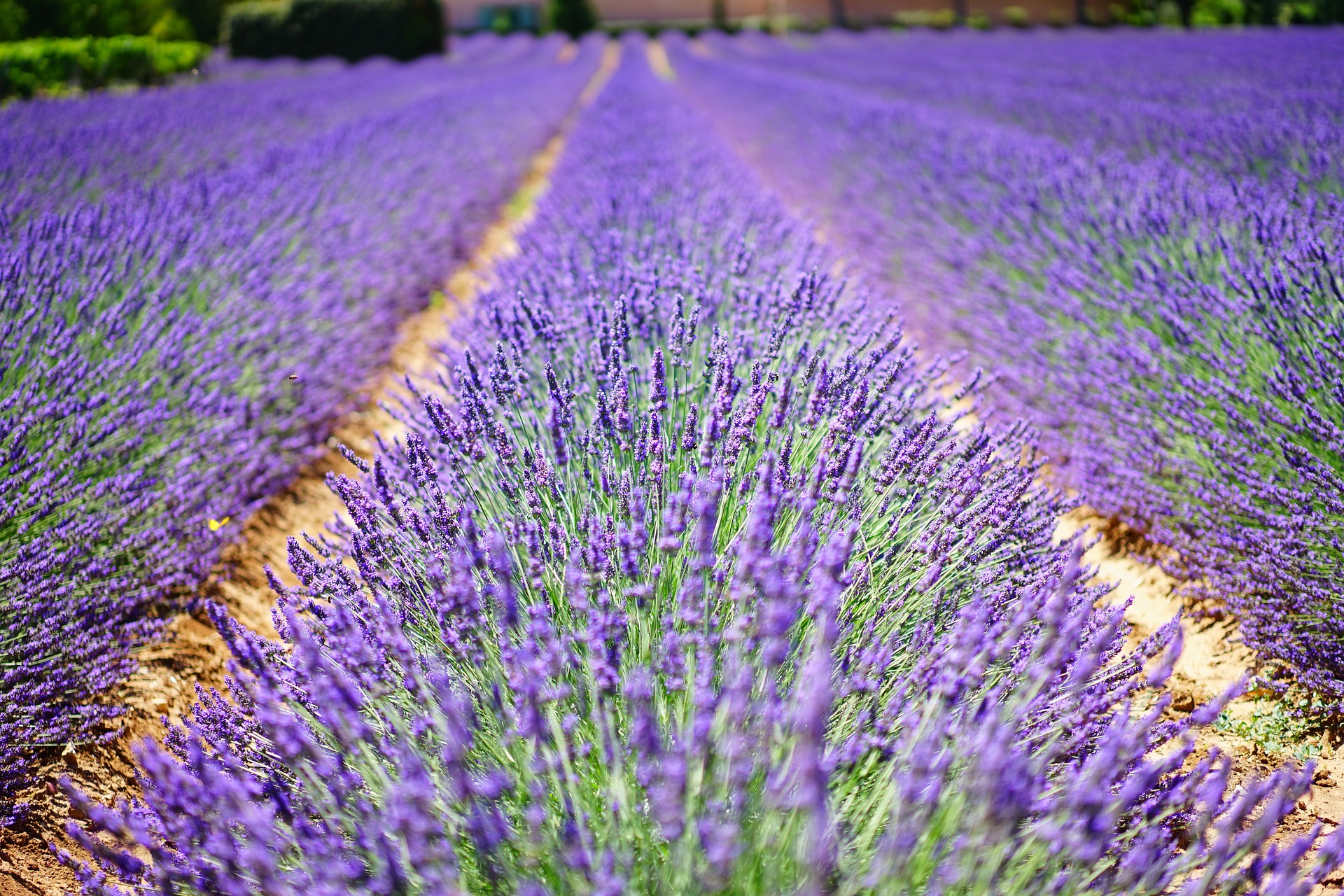
Lavender fields. Hans / Pixabay
Perfumers worked like apothecaries, stressing the medicinal role of these early perfume recipes. At a time when unpleasant smells were considered signs of diseases, vinegar and spices were used to try to ward off sickness or clean wounds. Our perfumer sold products to cure bad breath that contained the likes of anise, mint or thyme—antecedents to today’s toothpaste.
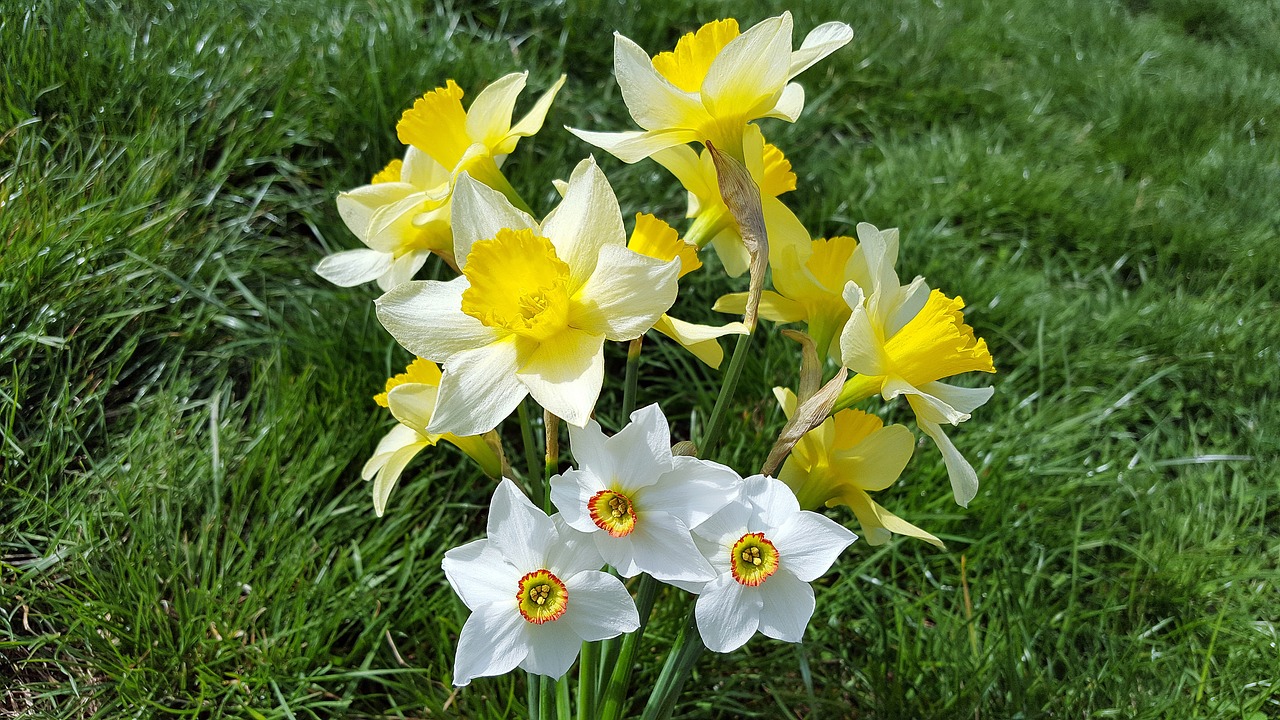
Daffodils. SanduStefan / Pixabay
The emergence of France as a capital of perfume production went hand-in-hand with the creation of French gardens. As Louis XIV expanded his gardens at Versailles, he developed a keen interest in floriculture. In order to supply his gardens in both Versailles and Paris with sweet smelling flowers, he established a botancial garden in Toulon for the importation and acclimation of flowering bulbs from across the Mediterranean, especially daffodils and hyacinths.
While the gardens at Toulon did not survive past the Sun King’s reign, this appreciation of heavily scented flowers gave a boost to the perfume industry. Since the middle ages, the town at Grasse, located not far from Toulon, had developed a local flowers, including roses, jasmine, lavender, myrtle and wild mimosa, into a small industry. The guild of glove perfumers was established in the town and the perfumers began marketing ther most prized asset: their flowers to the court. Today, Grasse is still considered the center of the French perfume industry.
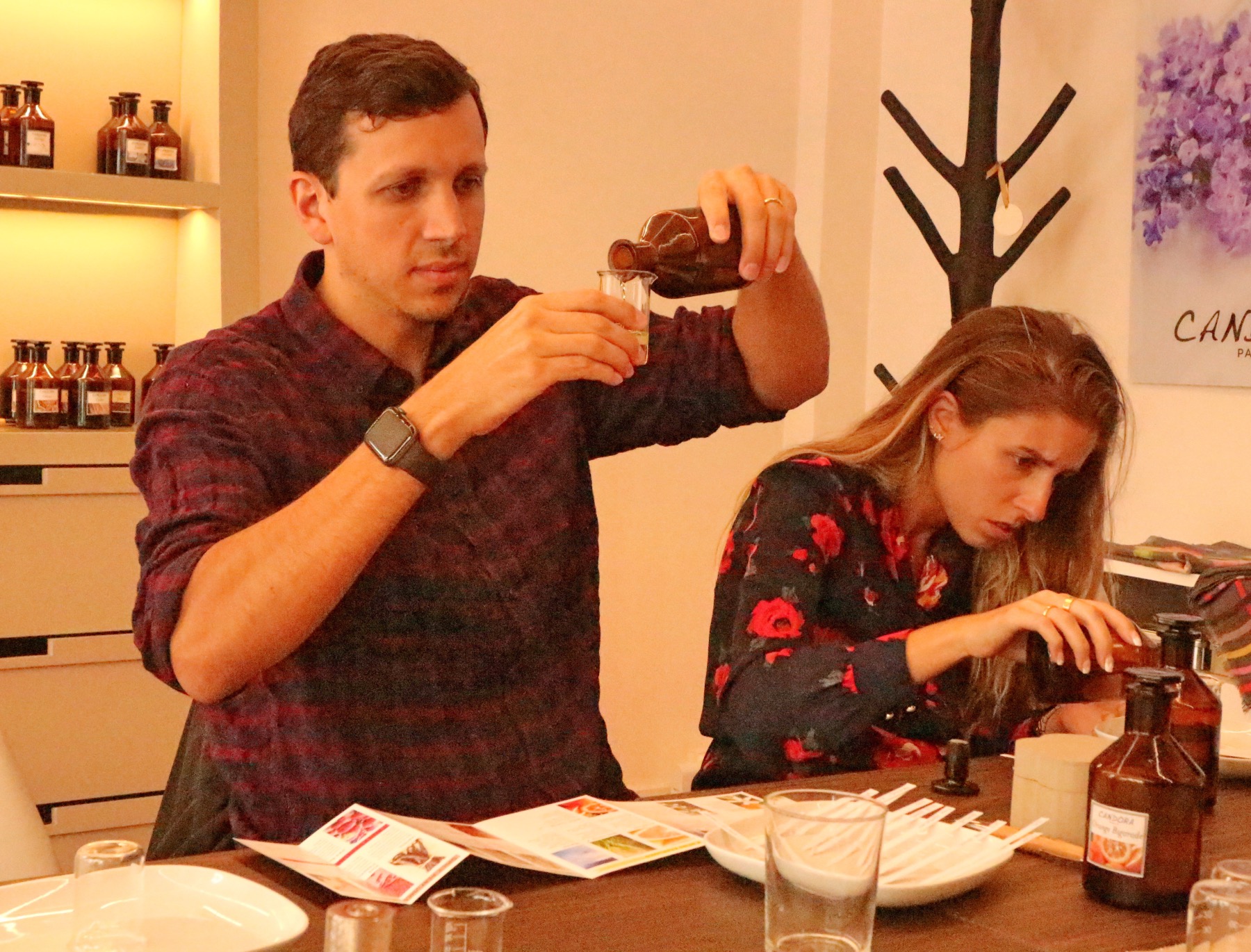
Perfume Making Workshop in Paris
Today’s trends in aromatherapy and scented candles can be traced to the connection between gardens and perfumes. If you would like to learn more about the history of flowers and perfume, we offer the following thematic experiences in and near Paris:
- History of Perfume Tour and Workshop: Our 4-hour tour focus on how flower gardens have supplied the perfume industry for centuries. We visit two historic perfumeries in the Marais before trying your hand at the art form during a perfume workshop where you can make your own fragrance.
- Visit to the Osmothèque: Not far from the Palace of Versailles, the Osmothèque (from the Greek word to preserve) is a perfume archive that contained over 3,000 perfumes. This living collection of existing or no-longer available perfumes protects the world’s fragrance heritage. Private or group tours can be arranged upon request.
Please contact us to book any of these experiences or to work with us to design a custom Paris perfume experience.
